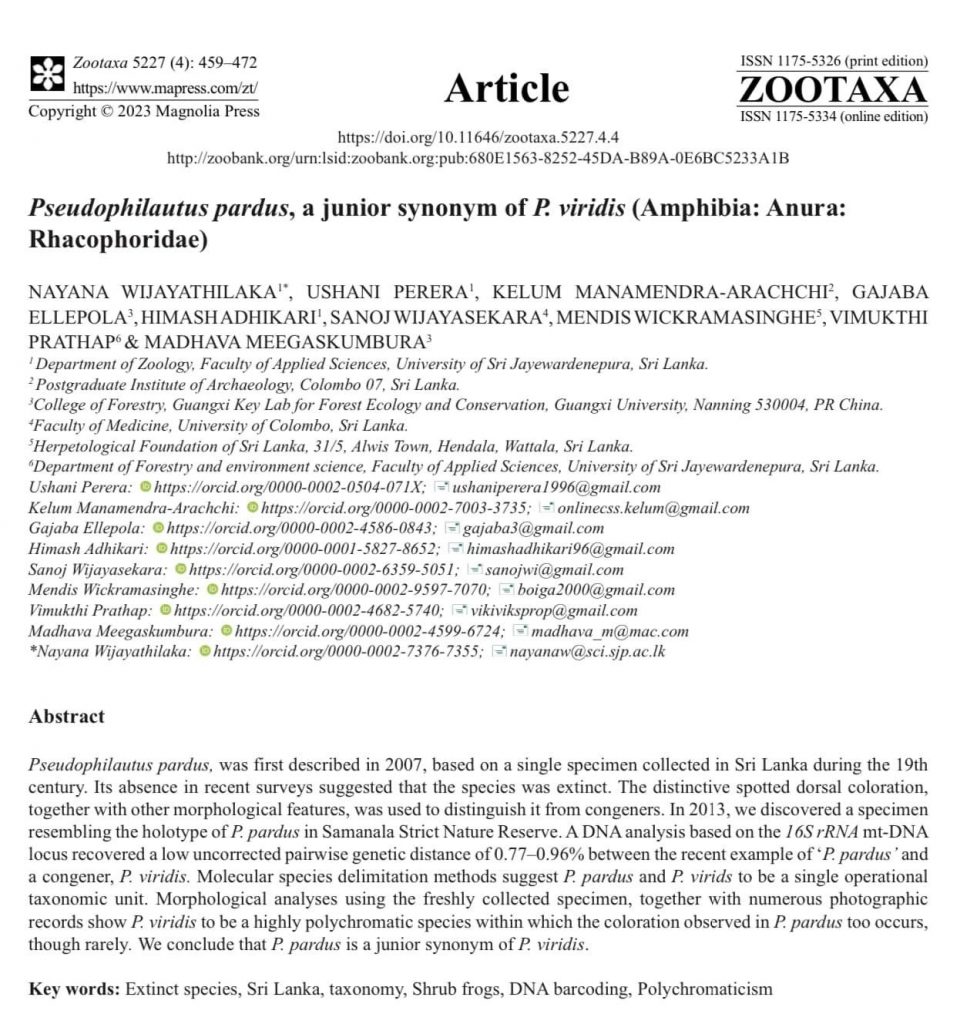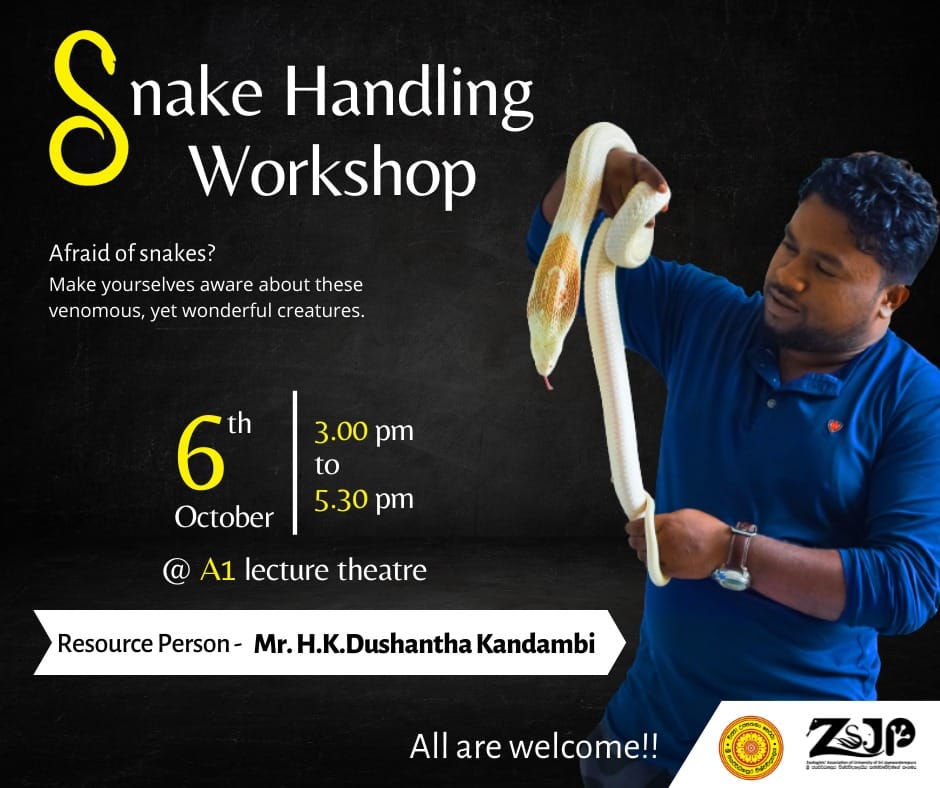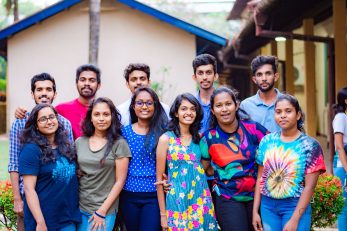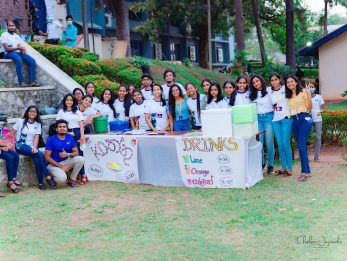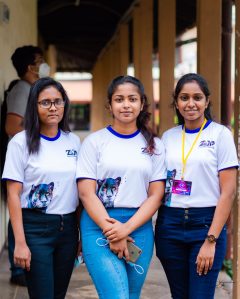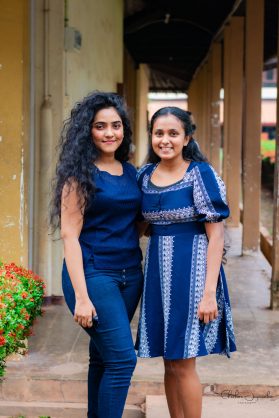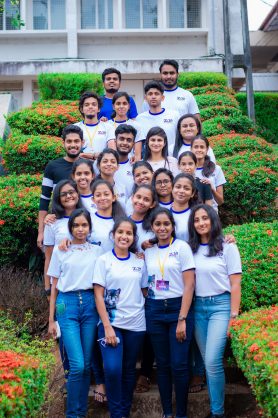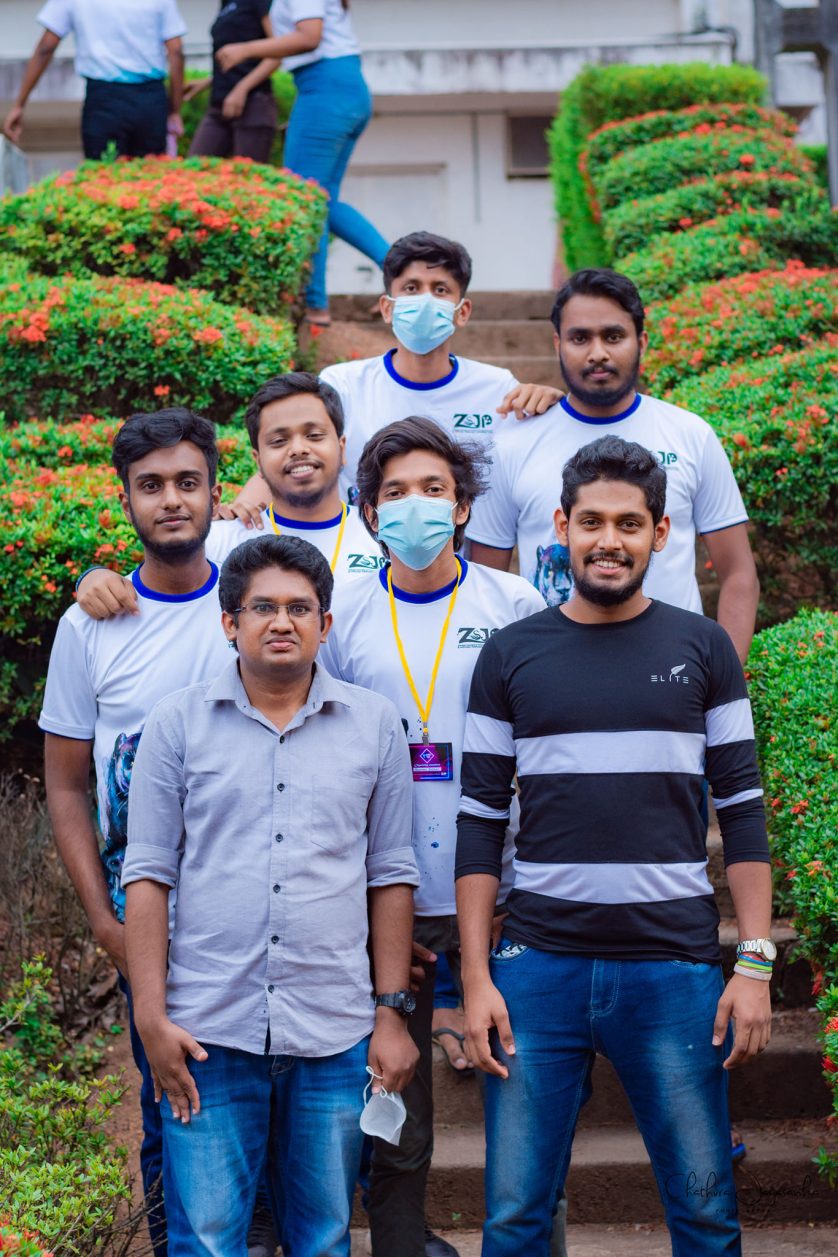A recent publication of the Center for Marine Science and Technology, Department of Zoology, University of Sri Jayewardenepura has proven that Sri Lanka is no more among the top 5 countries that discharge mismanaged waste plastics to the world’s oceans.
The publication proves that Sri Lanka’s 5th position in the worst polluters list is due to an error in source data and interpretation and the researchers request that the Government, publications, and general public to avoid referring Sri Lanka’s position in the worst polluters ranking hereafter since it is such an irrational claim.
However, the researchers also highlight that we are not doing good in managing marine plastic waste, single-use plastics in particular, the next struggle that we all have to take part in. The open-access publication is available at the following link.




